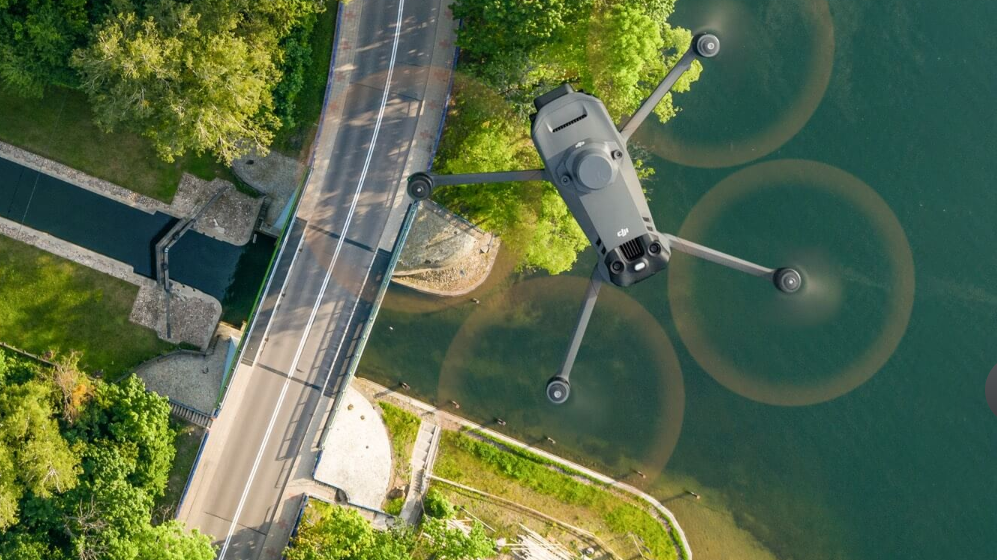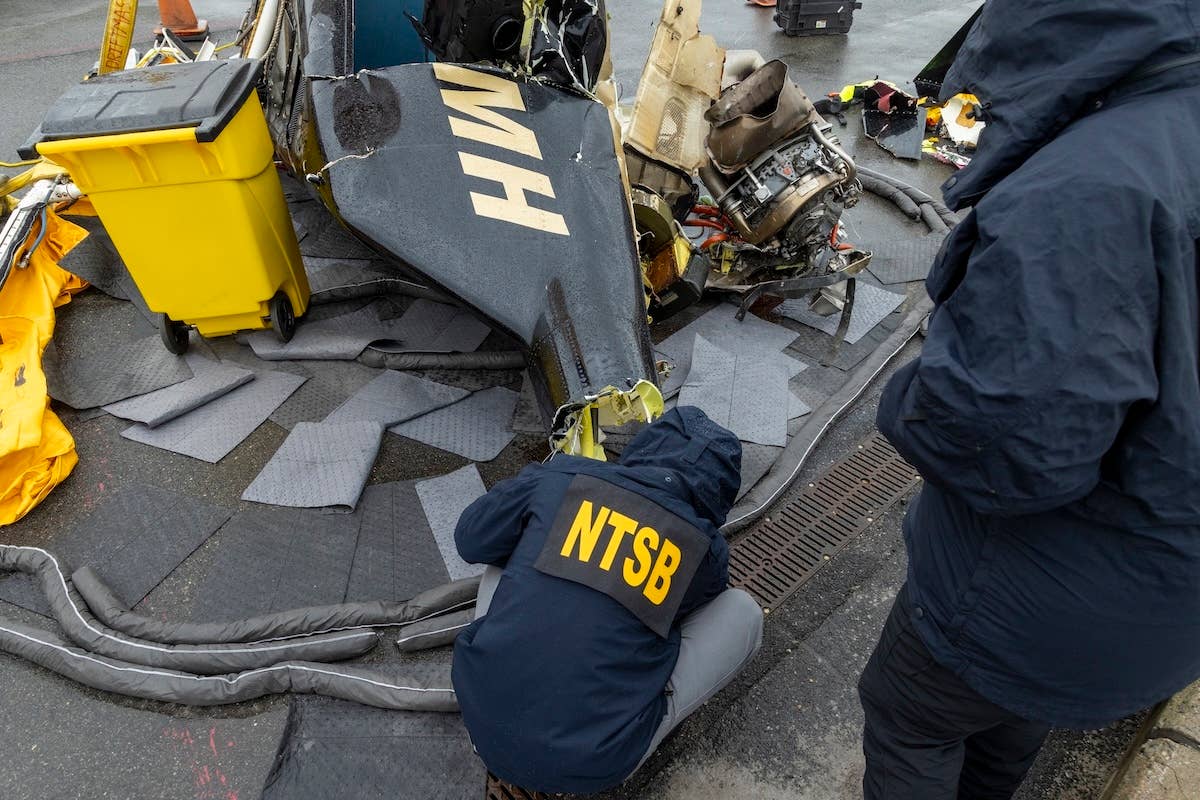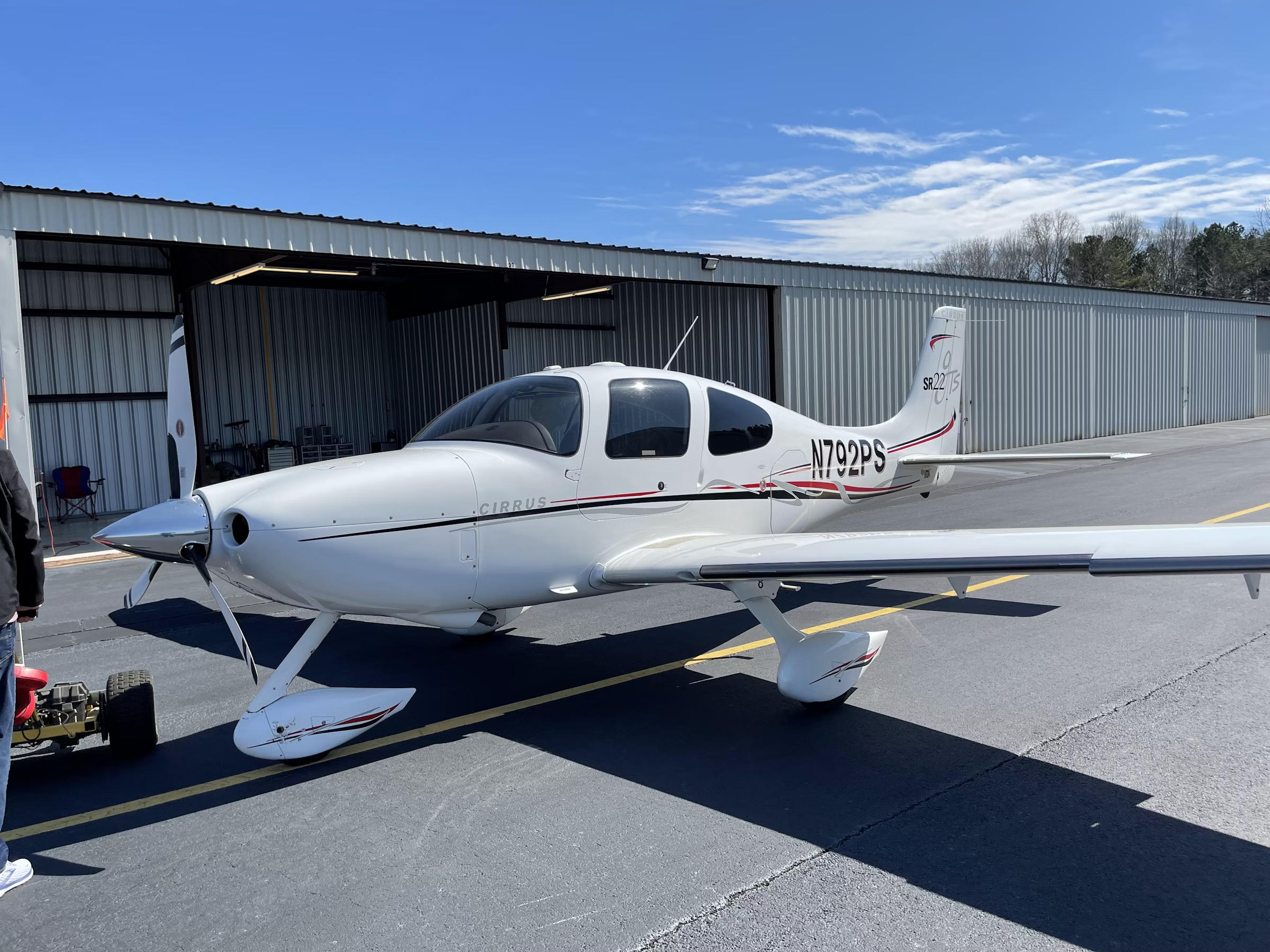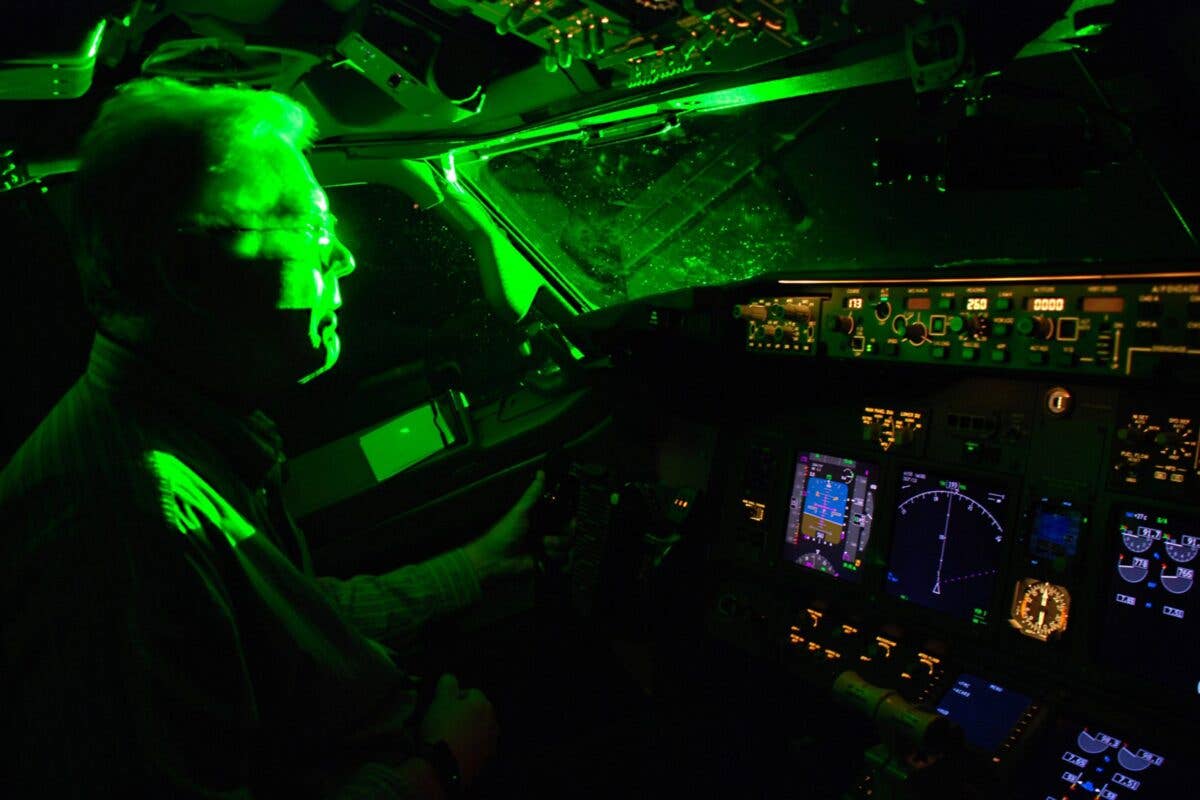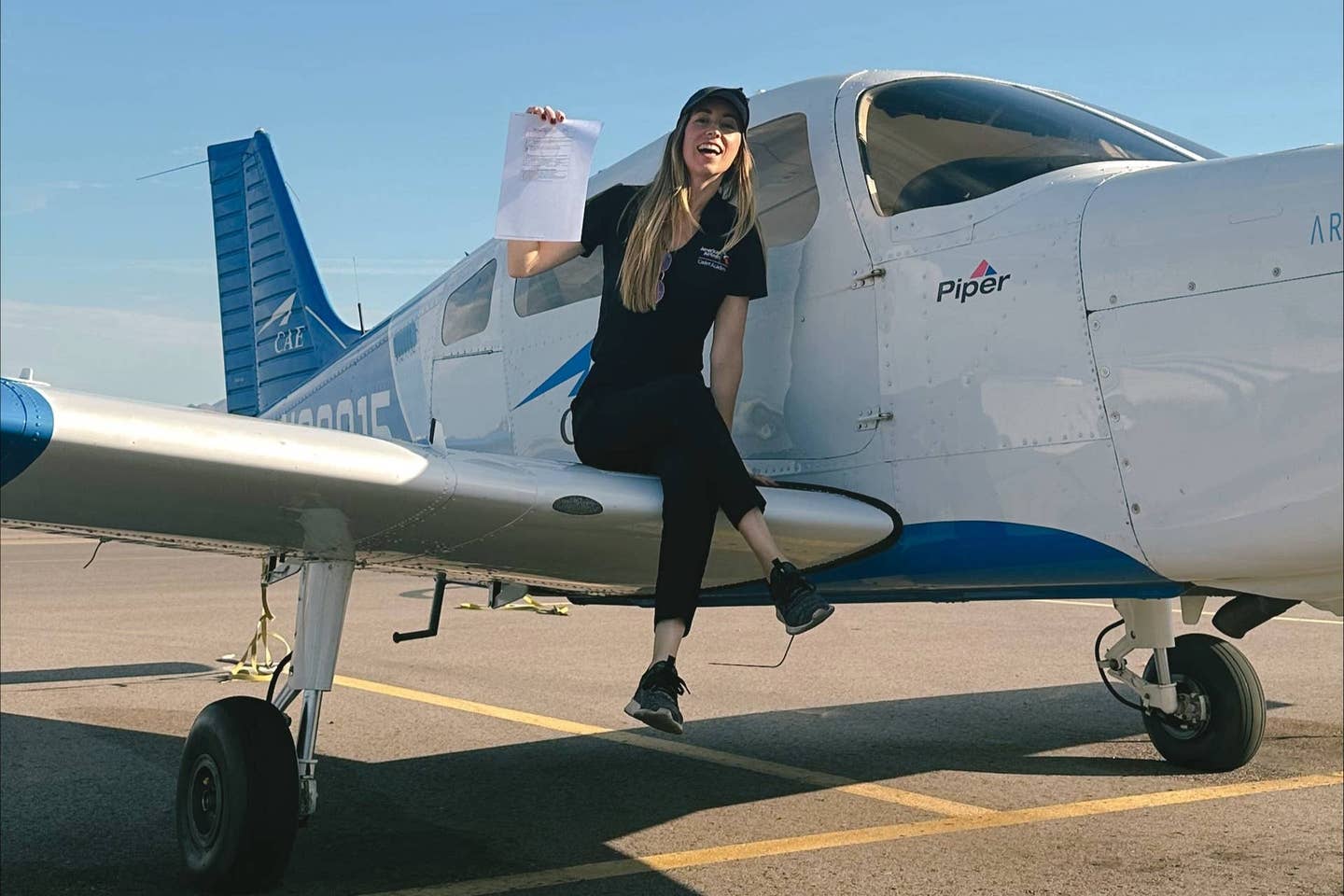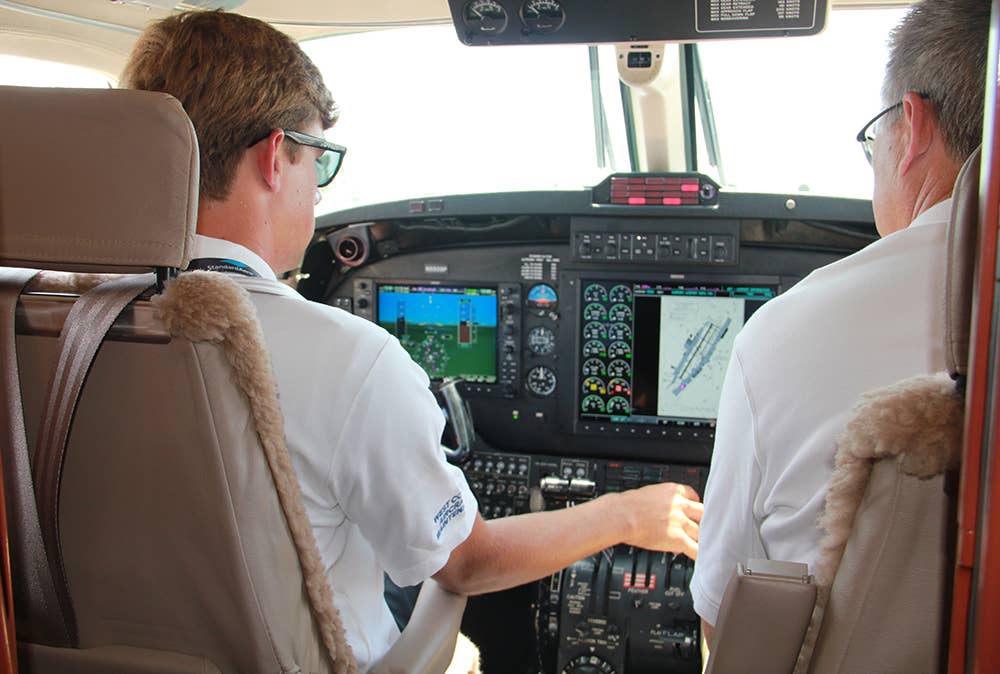NTSB Says Poor Decisions to Blame in Fatal Business Jet Accident
A string of failures led to the 2021 incident that killed all six people on board a Bombardier Challenger 605, according to the safety agency.
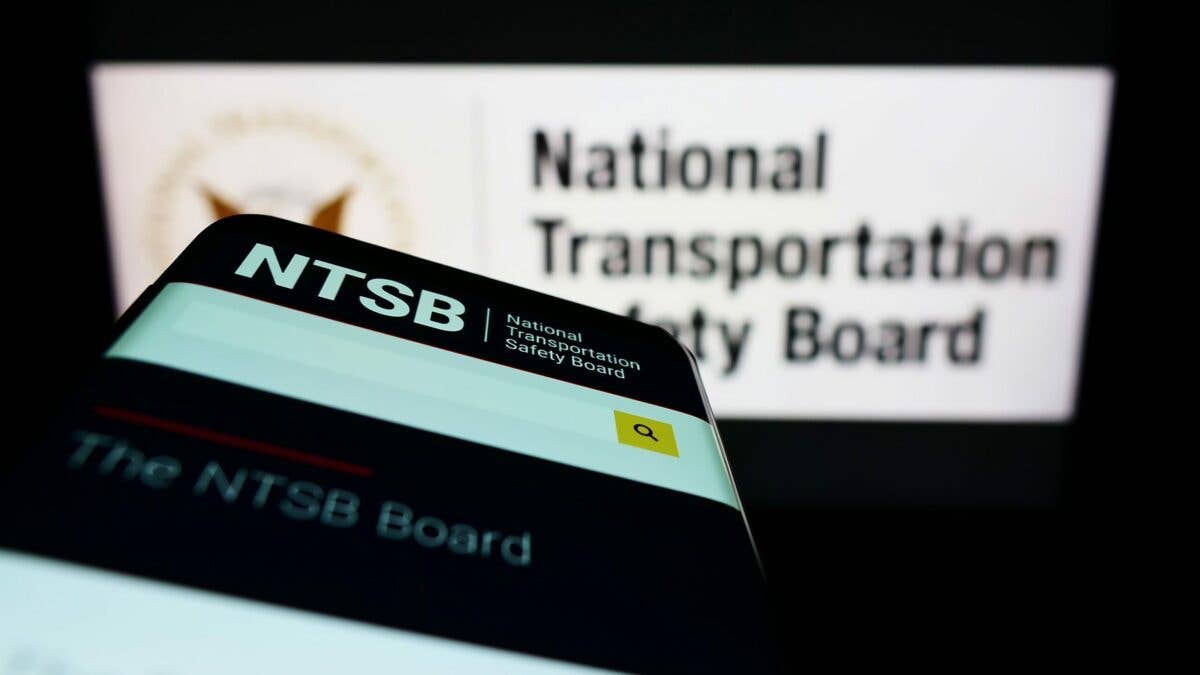
The National Transportation Safety Board issued a 26-page report detailing what led to a 2021 crash of a Bombardier Challenger 605 jet in California.
[Credit: Shutterstock]
The National Transportation Safety Board has determined a series of poor decisions in the cockpit led to the crash of a business jet at Truckee-Tahoe Airport (KTRK) in 2021 that killed all six people on board.
The accident occurred on July 26, 2021, when the Bombardier Challenger 605 was en route from Pappy Boyington Field (KCOE) in Coeur d’Alene, Idaho, to Truckee-Tahoe in California.
Accident Timeline
According to the 26-page NTSB report, the captain, first officer (FO) and four passengers departed on the Part 91 nonrevenue flight at 11:45 a.m. PDT. The private jet was operating under instrument flight rules, and the total distance of the flight was approximately 744 nm.
According to ADS-B data, ATC cleared the flight to 37,000 feet msl for cruise flight.
The aircraft was equipped with a cockpit voice recorder (CVR). According to the CVR, at approximately 12:20 p.m. the captain and FO started the approach briefing for the RNAV (GPS) approach for Runway 11 at KTRK.
At 12:48 p.m., ATC issued descent instructions to the Challenger for the approach into KTRK.
At 12:49 p.m., the FO listened to the AWOS for KTRK that included an advisory that "visibility may be different than what is shown on AWOS due to heavy smoke in the area.”
The FO relayed the weather information to the captain but did not include the advisory about smoke.
At 12:51 p.m., the FO informed the captain: “New numbers are sent...18, 29, 45.” This was a reference to a VREF speed of 118 knots, the approach climb speed of 129 knots, and the final segment speed of 145 knots.
According to the CVR, the captain asked the FO for the descent checklist twice before the FO initiated reading it.
At 12:52 p.m., the flight crew stated it had completed the approach briefing for the RNAV (GPS) approach for Runway 11.
At 12:55 p.m., the FO asked ATC if the flight could proceed directly to the ALANT, an initial approach fix (IAF) for the RNAV (GPS) approach for Runway 11 at KTRK. ALANT is located 11 nm to the east of LEKYI, the intermediate fix for the RNAV 11. LEKYI is 14.7 nm from the airport.
At 12:58 p.m., as the airplane descended below 26,000 feet msl, ATC informed the flight crew it could expect the RNAV (GPS) Runway 20 approach at KTRK. The captain informed the FO that Runway 20, measuring 4,654 feet by 75 feet was too short, and they "cannot accept that," adding the Runway 20 approach would require them “to circle to land” to Runway 11.
The FO then computed the required landing distance and concluded the minimum landing distance for the jet was 4,600 feet. The captain noted the margin was “too tight,” and the FO agreed.
At 12:59 p.m., the captain told the FO they could make the approach to Runway 20, which would require a circle to land to Runway 11, 7,001 feet. Fifteen seconds later, the FO informed ATC the flight could accept the 20 approach but would need to circle to Runway 11 because they needed the longer runway.
The controller approved the request and told the crew to plan on the circling approach.
The controller then advised them to expect some delays.
The flight crew did not brief the new approach, although it was required by the descent checklist.
At 13:02:54, the FO asked the controller if they should enter the published hold at AWEGA, an intermediate approach fix (IF) approximately 17.3 nm from the runway. But the controller instructed the flight crew to expect a hold at waypoint ALVVA, an IAF 9.9 miles to the west of AWEGA.
The FO then requested a clearance and instructions for the hold at ALVAA. When the aircraft was approximately 11 nm southeast of ALVVA, the FO told the captain he would start the turn for him to the waypoint and then proceeded to do so. The FO then helped the captain program the hold into the FMS.
At 13:11:43, ATC cleared the flight for the RNAV (GPS) Runway 20 approach.
The FO asked, and the captain confirmed that he was ready for the approach. The FO provided an abbreviated read-back of the clearance.
According to the ADS-B, the aircraft was at an altitude of 15,725 feet.
The first altitude restriction of the approach was 12,000 feet at AWEGA.
At 13:12:13, when the aircraft was approximately 3.5 nm from AWEGA, the FO asked the captain, “Are you gonna be able to get down?”
Thirteen seconds later, the FO told the captain, “We’ve got a ways to go. You got plenty of time.”
According to the aircraft’s flight data recorder (FDR), at this time the airplane’s indicated airspeed was at 241 knots, and the FO stated, “We gotta get this thing slowed down,” then asked if the captain wanted “a right 360-degree turn," presumably to give the captain more time to configure the airplane, which the captain declined.
When the aircraft was 3 nm south of AWEGA and heading toward OSTIE approximately 2 nm north of the final approach fix (FAF) of LUMMO, the FDR showed an airspeed of approximately 252 knots.
At 13:13:41, the captain instructed the FO, “Now just below 250. Give me flaps 20 please,” and the FO responded, “Below 250? how about below 230?” referencing the flap speed for the aircraft as published in the manufacturer's operation manual of 231 knots. This information was also on a placard in the aircraft.
The captain agreed, and the FO again stated the aircraft needed to be slowed down.
A few seconds later, the controller terminated radar services and instructed the flight crew to contact Truckee Tower.
At 13:14:15, when the airspeed was about 228 knots, the captain again asked the FO to deploy flaps to 20 degrees, which the FO stated had been selected. The FDR showed the flaps were set four seconds later.
The FO then contacted Truckee Tower and informed it the aircraft was passing the LUMMO, the FAF inbound, and would circle to Runway 11. The tower acknowledged the communication and asked them to report when the airport was in sight.
The captain asked the FO to deploy the landing gear, and the FO responded, “...You came off... what are you... ah, never mind,” and then said, “How ’bout gear down, flaps 30 before landing checklist.”
The captain repeated the request for the FO to deploy the landing gear.
At 13:15:20, the flaps were at 30 degrees and the landing gear was down when the captain asked for “flaps 30 please.”
The FO responded, “No, we’re at flaps 30, gear down.”
The captain then immediately restated, “Flaps 30.”
Approximately 15 seconds later, the captain asked the FO to confirm the airport’s location was to the left. The FO confirmed this, then added, “We’re gonna have to make a right-hand turn to get to it." The captain acknowledged this.
At 13:15:55, the FO stated the airport was 5 miles away.
At 13:16:20, the FO confirmed with the captain and deployed full flaps or 45 degrees. A second later (near YAKYU waypoint 2.6 miles from the runway), the FO stated, “There’s the airport,” and told the captain to make a 90-degree right turn. The FO contacted Truckee Tower and got a clearance to land.
Twice the FO attempted to point out the location of the airport to the captain, who replied "Where?"
At 13:16:43, as the airplane was at the beginning of the downwind leg on a heading of about 231 degrees magnetic, the FO instructed the captain to level the wings and stop the turn, and to shut off the autopilot. The airplane rolled out on to a heading of approximately 233 degrees.
The maximum circling radius for the category C aircraft per the approach charts for KTRK was 3 nm. ADS-B shows the airplane at least 1.3 nm from that maximum circling radius.
At 13:16:53, the FO told the captain, “I’m gonna get your speed under control for you.”
The FDR data indicated the airplane’s airspeed was approximately 162 knots at this time. The FDR indicated it began to slow.
At 13:16:56, when the airplane had already begun the circling approach to Runway 11 the captain stated, “Oh, I see the runway."
Two seconds later, the FO told the captain that he could begin the descent, and the captain asked for full flaps. The FO replied, “You do have full flaps,” and then stated, “Patience, patience, patience. You got all the time in the world. You are looking very good my friend.”
At 13:17:24, the airspeed slowed to 123 knots and the airplane was on a west heading about 1.5 nm from the approach end of Runway 11. The FO told the captain to “bring that turn around,” and the aircraft began a left turn toward the runway.
At 13:17:46, as the airplane was turning through a heading of 188 degrees, the FO made the first of several requests for control of the airplane, using the phrase, “let me see the airplane for a second.”
Eight seconds later, the FO told the captain the aircraft was going to pass through the runway centerline and admonished him to come back to the centerline. The captain acknowledged the FO.
At 13:17:59, the airplane flew through the Runway 11 extended centerline approximately 0.8 nm from the runway threshold. The FDR showed the flight spoilers were fully deployed at 40 degrees and airspeed was 135 knots. The engine power had been reduced from about 60 percent to about 28 percent.
At 13:18:01, when the airplane was approximately 489 feet above the runway, the FO stated, “We are very high.”
At 13:17:59, the airplane began a left turn that reached a bank angle of 36 degrees in four seconds. The stick shaker, designed to warn pilots that they are exceeding critical angle of attack and approaching a stall, engaged at 13:18:04.
The captain asked, “What are you doing?” which was followed by the stall warning horn. The airplane was on a south heading about 0.75 nm from the runway threshold as it continued to turn back toward the extended runway centerline.
The stick pusher engaged at 13:18:05.
The captain again asked the FO, “What are you doing?” and the FO then asked the captain three times over two seconds to “let me have the airplane.”
The stick pusher disengaged at 13:18:07 followed immediately by the stick shaker disengaging.
At 13:18:09, the stick shaker engaged again, followed immediately by the stick pusher engaging, and the airplane was about 6,075 feet msl, putting it approximately 171 feet above the ground on a southeasterly heading when it entered a rapid left roll.
At 13:18:11, the airplane was in a 111-degree, left-wing-low bank angle, and one second later rolled into a 146-degree, right-wing-low bank angle with a 30 degree nose-low attitude when it impacted terrain near a golf course and apartment complex. All six persons on board died instantly.
The sound of the impact was captured on an outdoor security camera. There were several eyewitnesses to the accident, and multiple videos were taken of the post-impact fire that consumed the aircraft.
The Aftermath
The NTSB determined the aircraft's approach was not stabilized as there were numerous references to the aircraft being too fast, at least 44 knots above the landing reference speed of 118 knots that had been calculated earlier in the flight.
It was also noted the captain apparently did not have visual contact with the runway, a requirement for a circle-to-land approach. The NTSB speculated there might have been reduced visibility in the area because of smoke from wildfires.
The investigation noted that for at least 25 seconds before impact, the FO repeatedly asked for control of the airplane, But neither flight crewmember verbalized a positive transfer of control as required by the operator’s general manual, therefore, the NTSB could not positively determine who had control of the aircraft at the time of impact.
As the airplane was too high, the FDR noted the flight spoilers were deployed by one of the pilots “likely to increase the airplane's sink rate.” The stick shaker activated during the left turn as the bank angle increased, and the stick pusher engaged.
The NTSB noted the FO made several requests to "take the airplane," but neither pilot exhibited a positive exchange of controls.
It was determined the aircraft rolled left following a left-wing stall. Most of the wreckage was consumed by fire.
The FDR indicated the engines were functioning normally at the time of impact, and there was no evidence of a flight control or system malfunction.
The Crew
The NTSB learned that both the captain and FO were "appropriately qualified to perform their respective duties as pilot-in-command (PIC) and second-in-command of the accident flight" and that this was the first pairing of this crew for the operator.
The NTSB determined the flight crew "never asked ATC for the straight-in RNAV (GPS) approach to the desired runway." In addition, the agency said the crew failed to brief the new circling approach after previously briefing the anticipated straight-in approach.
The flight crew’s failure to brief the circling approach resulted in critical errors that reduced the safety margin, including flying the circling approach at a higher airspeed than the upper limit specified for the airplane’s category C approach, failure to establish the airplane on the downwind leg of the circle-to-land approach, and failure to visually identify the runway early in the approach, which was most likely because of obscuration by smoke in the vicinity.
The NTSB noted the higher airspeed put the flight crew behind the airplane, which further reduced the safety margin. The FO made several observations about the aircraft's speed, and the captain rejected the FO’s suggestion to take a 360-degree turn early in the approach, which would have provided additional time and distance for speed control.
The agency pointed out that the captain's decision to fly a downwind leg that converged on the runway centerline and tightened the pattern resulted in an overshoot of the runway centerline only 0.8 nm from the runway threshold during the base-to-final turn.
The NTSB said both pilots failed to follow the stabilized approach criteria in the operator’s manual that required the airplane be in a position to execute a normal descent to the runway and the airspeed be on target or approaching target no later than 500 feet above field elevation in visual meteorological conditions (VMC). The accident approach did not meet those criteria and was therefore unstabilized.
"Once it became apparent the approach was unstabilized, the crew should have abandoned the approach and executed a missed approach, but they failed to do so," the report stated.
Impact of the Spoilers
The NTSB took special note of the performance of the aircraft after the full deployment of spoilers approximately 12 seconds before the accident, reporting they "had a significant effect on the stall margin of the airplane."
"Performance analysis showed that the airplane would have been at a bank angle of about 36 degrees when the stick shaker engaged at a calibrated airspeed of 130 knots,” per the report. “Had the flight spoilers been stowed at this airspeed, the stick shaker would not have engaged until the airplane reached a calculated bank angle of about 50 degrees. Therefore, the airplane’s stall margin was significantly reduced by the deployment of the flight spoilers."
The NTSB also determined there was a discrepancy with the aircraft's paperwork that put the aircraft's empty weight off by about 3,000 pounds, which would result in the incorrect VREF of 118 knots that was approximately 6 knots slower than the correct reference landing speed.
However, the NTSB determined the weight and balance discrepancy did not contribute to the stall because the airplane was flying several knots above the correct reference speed in its final moments.
The NTSB reported the CVR evidence suggests the FO "most likely deployed the spoilers" in an effort to salvage a poor approach and, combined with the airplane's bank angle, that resulted in the airplane exceeding the critical angle of attack and caused an asymmetric stall, a rapid left roll, and impact with terrain.
The NTSB determined the probable causes of this accident to be the FO’s improper decision to attempt to salvage an unstabilized approach with a steep bank angle and the captain’s failure to intervene after recognizing the FO’s erroneous action. It said both ignored stall protection system warnings, which resulted in a left-wing stall and an impact with terrain.
Contributing to the accident was the improper deployment of the flight spoilers, which decreased the airplane's stall margin, the captain’s improper setup of the circling approach, and the flight crew’s self-induced pressure to perform and poor crew resource management, which degraded their decision-making.

Sign-up for newsletters & special offers!
Get the latest FLYING stories & special offers delivered directly to your inbox

